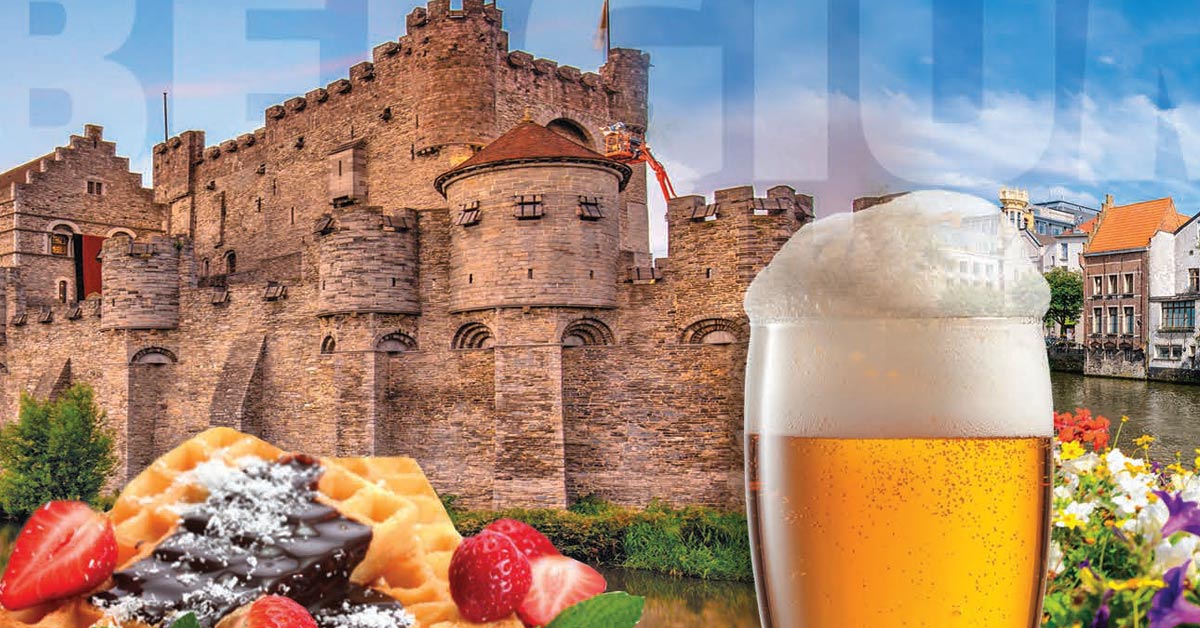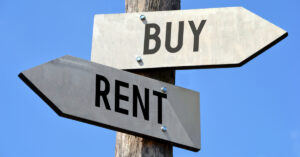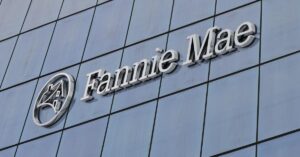Belgium had a troubled history in the early 20th century as the colonial master in the African Congo, and then was twice conquered and occupied by Germany — during World War I and World War II.
In the post-war period, this small, strategically located nation bordered by France and Germany has emerged as the bureaucratic center of the new Europe. Belgium’s capital city of Brussels is the home to the European Union and NATO.
Politically, Belgium is a constitutional monarchy under King Philippe. Domestically, Belgium’s roughly 11.4 million citizens are divided into two distinct regions. These are comprised of the predominantly Dutch-speaking Northern region and the poorer French-speaking Southern region, according to the Central Intelligence Agency’s World Factbook.
The high-tech and service industries tend to be located in the Northern region, in the Flanders area, where the unemployment rate is lower. The Southern region of Wallonia is dominated by steel manufacturing and coal. Belgium has made constitutional changes recognizing each as a distinct region with local autonomy, the CIA said.
The government is now led by a center-right coalition formed by Charles Michel, who came to power at age 38 in October 2014, pledging to cut government costs, raise the retirement age and reduce debt. Last year, the government lowered the corporate tax rate. It is being scaled down incrementally from 34 percent, which ranked as one of the highest rates in Europe, to 25 percent by 2020.
Economically, Belgium is an advanced technological country with a stable economy and a relatively high standard of living, according to the CIA. The country ranks high on work-life balance, income and wealth measures, according to the OECD Better Life Index.
Belgium is home to several multinational companies, including Solvay S.A., a chemical company headquartered in Brussels; and Bekaert, which makes steel wire transformation and coatings.
Belgium, a founding member of the World Bank, averaged 2.2 percent growth in gross domestic product from 1981 to 2018, according to National Bank of Belgium figures. The unemployment rate was 6.2 percent as of this past October, having averaged 8.3 percent between 1983 and 2018, Trading Economics reported.
About two-thirds of Belgium’s trade is with other European Union partners. More than 40 percent of its exports are to three of its neighbors — the Netherlands, France and Germany — the CIA reported. Major exports include chemicals, machinery, finished diamonds and metals.
To the world, Belgium is probably best known for its famous chocolate. The country has more than 200 chocolate companies that produce products that are enjoyed all over the world, according to Investopedia. Beer is another famous Belgian product. Leuven, Belgium-based Anheuser Busch Inbev, which acquired St. Louis-based Anheuser Busch in 2008, is now the world’s largest beer company.





